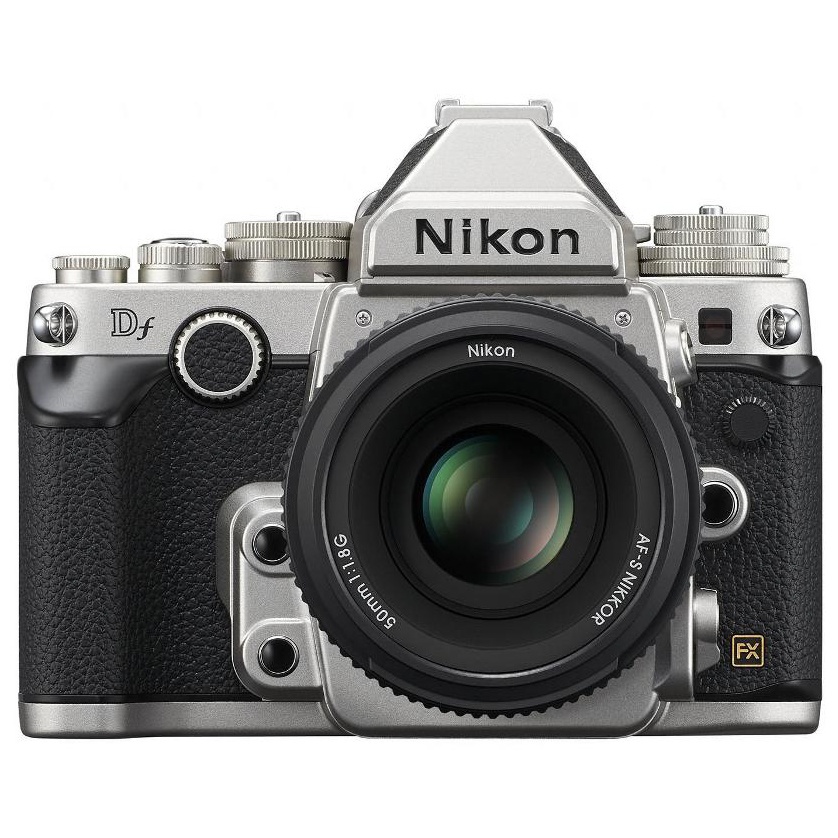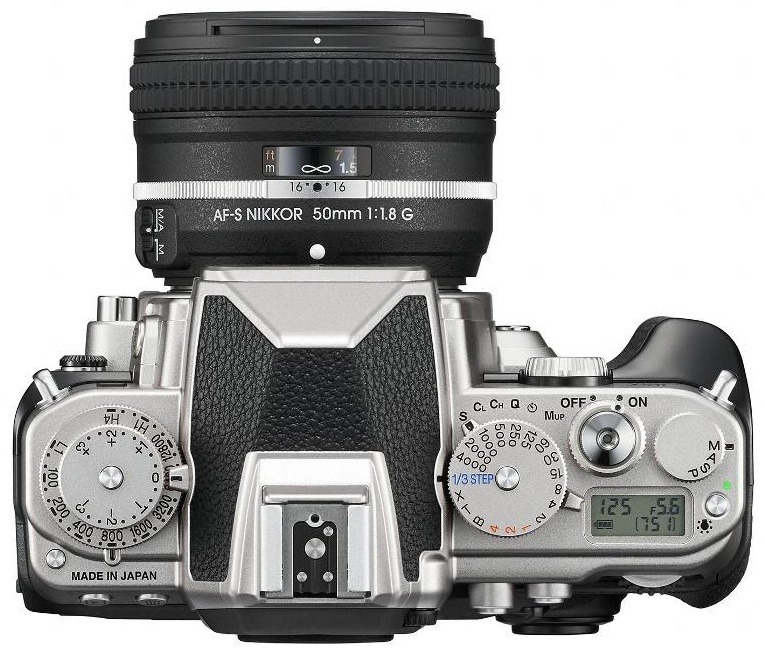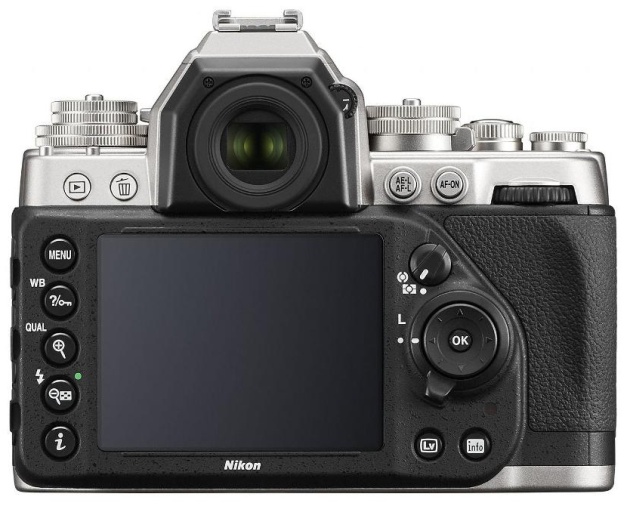What were they thinking?

Retro looks in cameras are nothing new. Olympus replicated the looks of its (excellent) film era OM SLRs in the OM-D MFT models and Panasonic and Fuji have had a good go at the Leica M rangefinder in their GX7 and X100, respectively. These latter two models added better digital sensors and took away bulk, cost and weight, so there really was something new being said there.
But Nikon’s attempt, the Df, which seeks either to copy the film era F3 or the FM/FE/FA, depending on which you wax more poetic about, looks like an exercise in futility. And failure.
Here are the reasons why:
- A ridiculous $2,750 asking price for the body only
- Bigger than the FM/FE/FA by a substantial margin
- The D4’s 16mp sensor at a D800 price. Heck, you can get the 24mp sensor in the D600/610 for a great deal less
- A comically cluttered look from any angle – the sell being that this is a return to ‘pure photography’
- Claims that pre-Ai lenses can be used – ummm, if you like metering stopped down, that is – oops, forgot to mention that ….
- No movie mode. Duh!
As for the ‘pure photography’ crap, I count 32 switches and dials on this comedy hour special. For comparison, I get to 26 on my D3x, hardly a ‘simple’ camera.

Clutter galore.

More clutter and complexity.
Ah, you say, but look at the technological sophistication.
Uh huh. Like:
- A low sync speed metal focal plane shutter
- A very noisy flapping mirror
- A mid-20th century pentaprism glass hunk
- A tired focusing device – one unsuited to MF ‘purity’
- No interchangeable focusing screens
- A rubber plug doubling as a (not so) built-in eyepiece shutter for those ‘purist’ night shots on a tripod
- No ten pin accessory connector socket
A fool and his money may be easily parted, but I rather doubt Nikon will see too many of either when it comes to this abomination – fools or money. It used to be doctors and dentists who collected toys like this; now a few will sell to Silicon Valley geeks and their pictures will be every bit as good as those of the medical set which came before.